I recently went to Bed Bath & Beyond to get supplies for my new apartment. I was looking for ice cube trays and found a myriad of options, including a tray with long, thin cubes “Perfect for water bottles!” I purchased this and an OXO tray that has a cover so you can “control how many ice cubes come out!” Had I wanted to, I could have chosen 10 other ice cube trays just at that store. Take the search online and hundreds of other options appear, including one that makes ice cubes like shark fins. What a world!
There are so many implications of this ice cube example. First, how incredibly fortunate and privileged are we, citizens of the first-world with internet access and Uber and transportation and free two-day shipping? Think about it.
“Someone out there spends their days at work making innovations in ice cube design.”
Someone out there does marketing for ice cube trays, and package design, and so on. The volume of choices available to consumers seems a little ridiculous, but just visualize how many different jobs are attached to simply ice cube trays. The affluence our society enjoys is a product of the myriad of jobs required to offer extensive product variety.
Initially, I was thinking how surprising it is that the ice cube tray hasn’t been perfected yet. Who knew there was still room to improve in that area? The need for new cube styles, however, isn’t something that organically arises. In this case, the development and successful commoditization of water bottles has created a new pain point–not being able to fit ice cubes in your water bottle¹ . The innovation in the ice-cube industry has been a reaction to the developments of other industries.
Take the example of Uber. Before smartphones, people were perfectly happy with calling a taxi or limo service to get places. Then we had smartphones, but people were still dealing with cab dispatch and cars that didn’t ever show up. The addition of a second component to the transportation relationship (a phone) changed the capabilities and requirements expected of the first party (transportation services). This is the coolest part about innovation. When you create something new and original it goes on to inspire more things to be created! The bigger the innovation, the bigger the cyclical reaction. Creating the iPhone/iPad and App Store led to the creation of an entire new industry—apps! Think about how many apps are valued in the millions or even billions of dollars, and how many individuals they employ.
The Origins of Ice (No, not the freezer)
Even the ice cube industry has evolved a ton to where it is today. Ice used to be frozen in huge slabs (up North in bodies of water) that would be sawed into huge blocks and then transported many miles to affluent homes. The market for ice was created in 1805 by an enterprising Bostonian named Frederic Tudor ("The Ice King"). His first market for ice was the Caribbean! Despite sailing all that way to bring people ice, no one wanted to buy it! In order to create demand for ice, Tudor employed all sorts of strategies like "first block free", always serving iced drinks at meetings, and getting bars and restaurants to put ice in beverages. His efforts worked. By the 1860s, Tudor died and nearly every Northern town with water had gotten in on the ice trend. Thousands of jobs sprung up.
"As American society grew more accustomed to fresh meats, milk, and fruit, the ice industry expanded into one of the most powerful industries in the nation. At the turn of the 20th century, nearly every family, grocer, and barkeep in America had an icebox. But ironically, America's dependence on ice created the very technology that would lead to the decline of the ice empire—electric freezers and refrigerators. During the early 1900s, these appliances became more reliable, and by 1940, 5 million units had been sold. With freezers allowing people to make ice at home, there was little need to ship massive quantities across the country." - from Mental Floss, "The Surprisingly Cool History of Ice"
The first refrigerators were only for the affluent, but gradually refrigeration efficiency improved and costs were reduced. (Read about why that isn't a good thing. ) Eventually freezing power improved to where people could make their own ice cubes. At this point, there was no turning back, and today most drinks at a bar or restaurant are more ice than liquid.²
Coffee is another industry that has been completely altered by marketing geniuses and innovators. If you’ve been to Europe, you are probably aware that iced coffee is really not a thing there. Iced coffee didn’t use to be a thing in America, either. For hundreds of years, people have been drinking their caffeinated beverages warm. Tea and coffee were hot drinks, period. People created the iced coffee industry when there was no demand for it (same with bottled water and ice). This is known as one of the greatest marketing victories of all time. Iced coffee is a multi-multi-million dollar industry today. It really seems like something so obvious and genius, but it simply didn’t exist a few decades ago. Imagine how many ice cubes are used to make iced coffee yearly! As the American demand for sub-zero drinks has grown, ice-making machines have become common everywhere. Commercial machines churning out waterfalls of frozen water are a staple in restaurants and hotels. This is yet another (!) ice cube innovation created by changes in external products and tastes.
I like the ice cube/water bottle example so much because it seems really simple and inconsequential, but is a fantastic metaphor for the cycle of innovation and taste. In today’s world there are so many products that are, frankly, not necessary³ and probably making us stupider. But, these products provide a livelihood and perhaps even a sense of purpose for other people out there. No innovation is perfect. Each time a new thing is invented, there will be other inventions inspired from the item or newly created pain points. I’m sure someone out there is working on making an ice machine that makes less noise, because our innovation wasn’t quite perfect yet.
It can all seem pretty silly and sad, especially when you consider how many major social issues America (and the first-world in general) still has. We can’t pass definitive gay marriage legislation or stop blaming rape victims, but making hundreds of kinds of novelty ice trays? No problem.
“It can be tempting to take our society’s affluence and myriad of consumer choice as an indication of overall wellbeing and utility. ”
Perhaps that is the major downside to our overwhelming amount of choice—we are, at times, distracted from the deep issues in society by the material culture of choice thrust in our faces at all times. Get on Instagram, you see lots of material things. Read a paper, you see ads for new things. Walk outside, you see stores carrying many different things and more advertisements for things. Sure, we have a problem with police shooting black youth, but did you see that Apple made an iWatch? Woah, man! The future is here.
You know what’s even scarier than understanding the extent to which consumerism distracts us from existential unhappiness?⁴ The thought that the future could look like this. If this is the future, and it’s here, then I don’t want any part of it. Yes, we are fortunate and blessed to live in homes not exposed to the weather, to have clean drinking water. But if all humans are not considered equal, how good can life really be? All the Silicon Valley folk talk about “disruption” and creating products that alter or engender an entire industry. Yeah, Snapchat might have “disrupted” the way we send pictures, but so what? Let’s figure out a way to disrupt our deeply rooted social constructs, gender roles, and racist tendencies. Maybe then we can say “the future is here”.
The gist:
Innovation is cyclical and inspired by other innovation. Product variety is so large it’s unnecessary, but it provides jobs and affluence. We are incredibly fortunate to have an absurd amount of product choices, but cannot let our material success distract us from the deeper issues of society that remain unsolved.
¹ If this isn't a first world problem I don't know what is.
²This is a uniquely American thing. Many other cultures drink warm or room-temperature water, if anything, with meals so that digestion is easier. Imagine what happens in your stomach when you eat Mexican queso and then drink ice water. The cheese hardens and solidifies, giving you a stomach ache when you try to digest it. Gross.
³Selfie sticks, for one…
⁴The kind created by a society in which your worth is based on your beauty and clothing size, the amount of money you make, etc.

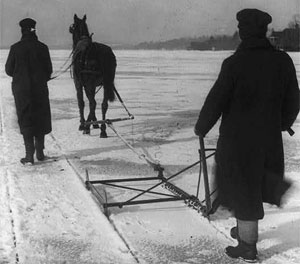
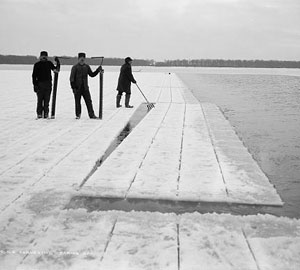
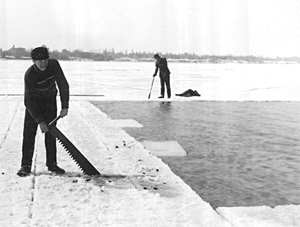
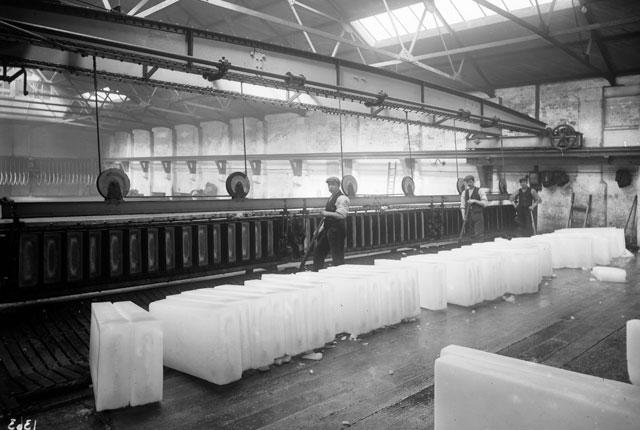

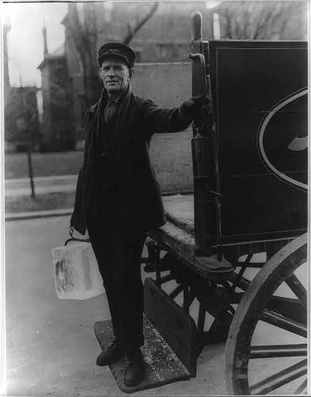





























Money represents a social agreement, which has implications for how we value wealthy people. Bitcoin replaces the need for this social agreement with technology, and in doing so challenges the values we ascribe to wealth.